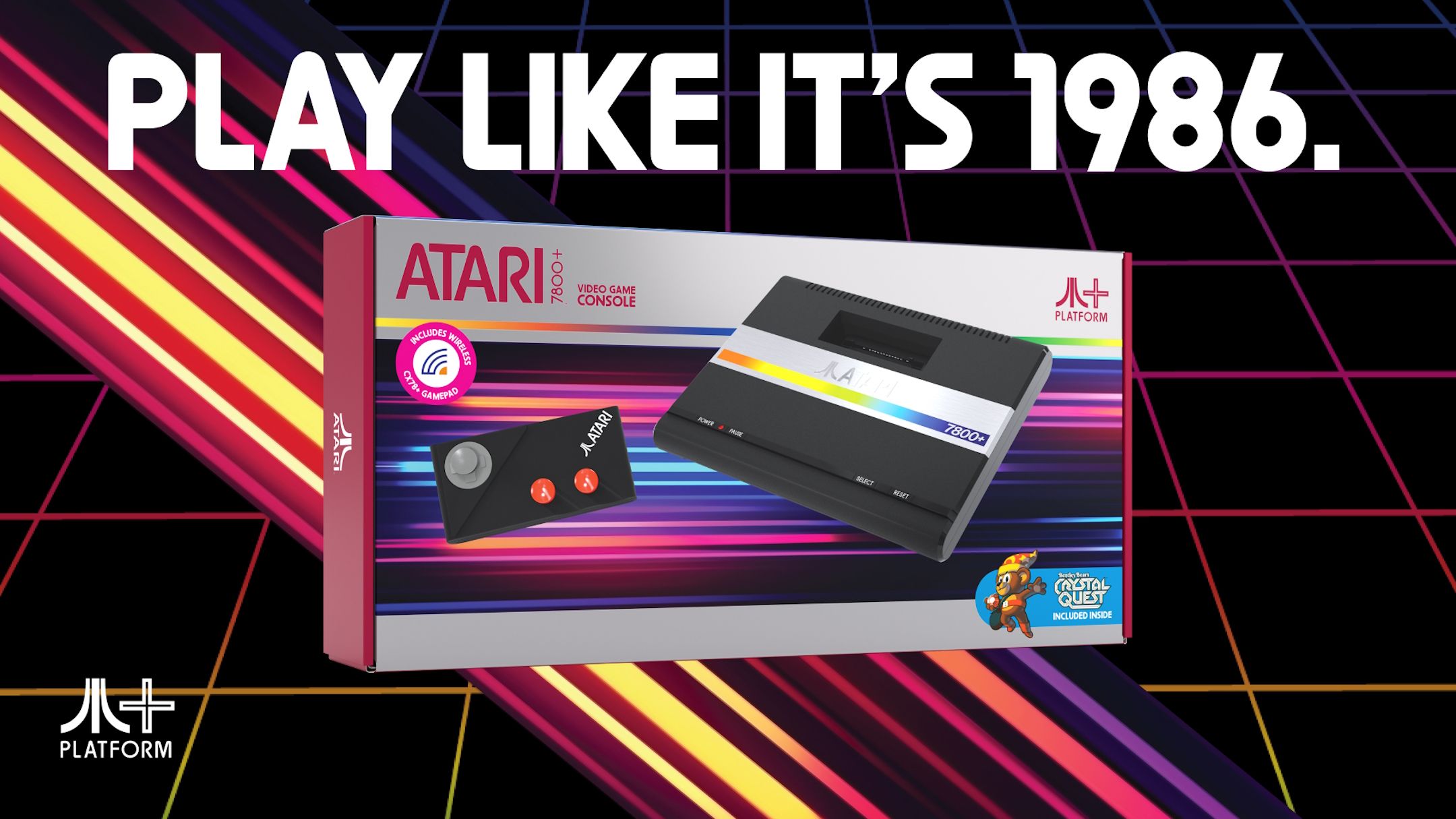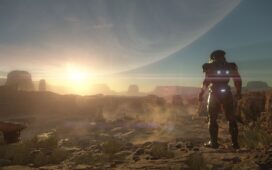Welcome to The Drive, a new weekly column looking at some wacky, interesting, cool, and pivotal things within the tech space! I’ll also highlight anything noteworthy from XDA reviews published in the week.
There has been strife competition between PC and console gamers since time began. Okay, not quite that long, but the two sides have been trading memes since the 90s. What’s interesting to see is the development of the video game console, PC gaming, and services that bring everything together. The desktop PC and consoles have much more in common than you’d think, especially in today’s age with the rise of gaming handhelds that are effectively portable computer tablets. But even the original Xbox and PlayStation have many features also found inside desktop PCs and both sides have plenty to be grateful for with the opposite platforms.
The birth of the video game console
Before discussing how consoles and personal computers are similar, we must first recap how the console came to be. It all started with the first generation of consoles, namely the Magnavox Odyssey in 1972. It was advanced for the time, but in today’s world this would be seen as a school project and that’s a testament to how far (and quickly) technology has progressed in the last 50 years. We’ve gone from simple dots and lines on a screen with dials for input to immersive realistic 3D graphics, touch input, thumbstick, and even virtual reality.
The first consoles could only play the games that were installed and embedded into the hardware. This changed with the Fairchild Channel F and Atari 2600, both of which started the phase of using swappable ROM storage drives in the form of cartridges. The Game Boy was the first to fully realize the gaming handheld form factor, utilizing the swappable ROM cartridges, and though it wasn’t as advanced as the home console systems of the time, millions upon millions of people bought and enjoyed playing hundreds of games on the portable device — myself included!
It was the fourth generation of consoles, which included the Sega Genesis (Mega Drive), NEC PC Engine, Super Nintendo Entertainment System (SNES), and aforementioned Game Boy, that propelled the 16-bit era of gaming. This generation also pushed multi-button controllers, parallax scrolling, larger sprites, more colors, stereo audio, and even CD-ROM support. You’ve probably heard the memes surrounding Sega’s “Blast Processing” with the Sega Mega Drive. As new technology advances allowed for more powerful consoles, Sega ended up losing to Sony, Nintendo, and Microsoft and pulled out of the console race altogether in 2001.

Related
Atari released a new version of its classic console, and yes, it works with your collection
The 1980s never looked this good.
Becoming one with the PC
When the 2000s hit and we saw the introduction of the original Xbox and PlayStation 2, software development between consoles and the PC eased as the two platforms started to share more in common. This allowed developers to release games on PC and console with less effort than previous generations. Although the console differed from the PC in that hardware was specifically selected and customized by manufacturers, the internals are largely the same. For instance, the original Xbox console had a custom 733 MHz Intel Pentium III CPU and Nvidia GeForce GPU.
This had a somewhat negative effect on the consoles in that it dictated the design language to a degree. That original Xbox console was huge, especially compared to the outgoing PlayStation. It had a CD/DVD drive, an internal mechanical 3.5-inch hard drive, and the aforementioned components from Intel and Nvidia. This was all connected to a main PCB (motherboard) and a single fan kept everything cool. That said, because the console markers were able to source custom hardware from partners, it did mean these boxes weren’t quite as large as small form factor desktop systems.
It’s also where the system on a chip (SoC) played its part. Desktop PCs are renowned for choice, allowing the owner to switch out standardized parts for upgrades or replacements and keep the same PC running for years. Consoles were closed systems. You weren’t to perform self-repair and you couldn’t visit a Sony or Microsoft website to source individual parts. This reduced costs and kept internal size requirements low. And while Microsoft offered an internal hard drive with the original Xbox console, it was only 10 GB and 8 GB was usable for storing media and games.
A console runs an operating system, receives software updates, can install games onto internal storage, and even handle network functionality. They’re almost like a toned-down PC though you cannot do absolutely everything you can with a computer.
The future of gaming
Image credit: Nintendo
Consoles and the PC continue to merge. We’ve now got gaming handhelds running Windows and Linux. Nintendo just unveiled Switch 2, which is yet another black slab of metal and plastic. The latest Xbox and PlayStation consoles incorporate digital subscriptions into their experiences, and games seem to be getting more expensive as the years pass. Microsoft is even pushing gaming on PC with its Xbox Game Pass subscription. If you thought Netflix was the start of only movies and shows we’d consume regularly with monthly payments, we can now add gaming to the list.
Retro gaming is making a comeback of sorts. Mini PCs are proving invaluable for launching classic games on older-generation consoles. If you have a collection of retro games in your library and would like some way to enjoy them on the big screen without messing around with the decade-old console, software such as Batocera is excellent for hits of nostalgia. And once again, we’re seeing the fusion of console and PC through emulation and translation. Is the console having all the makings of a PC a bad thing? That depends on how you view the console.














